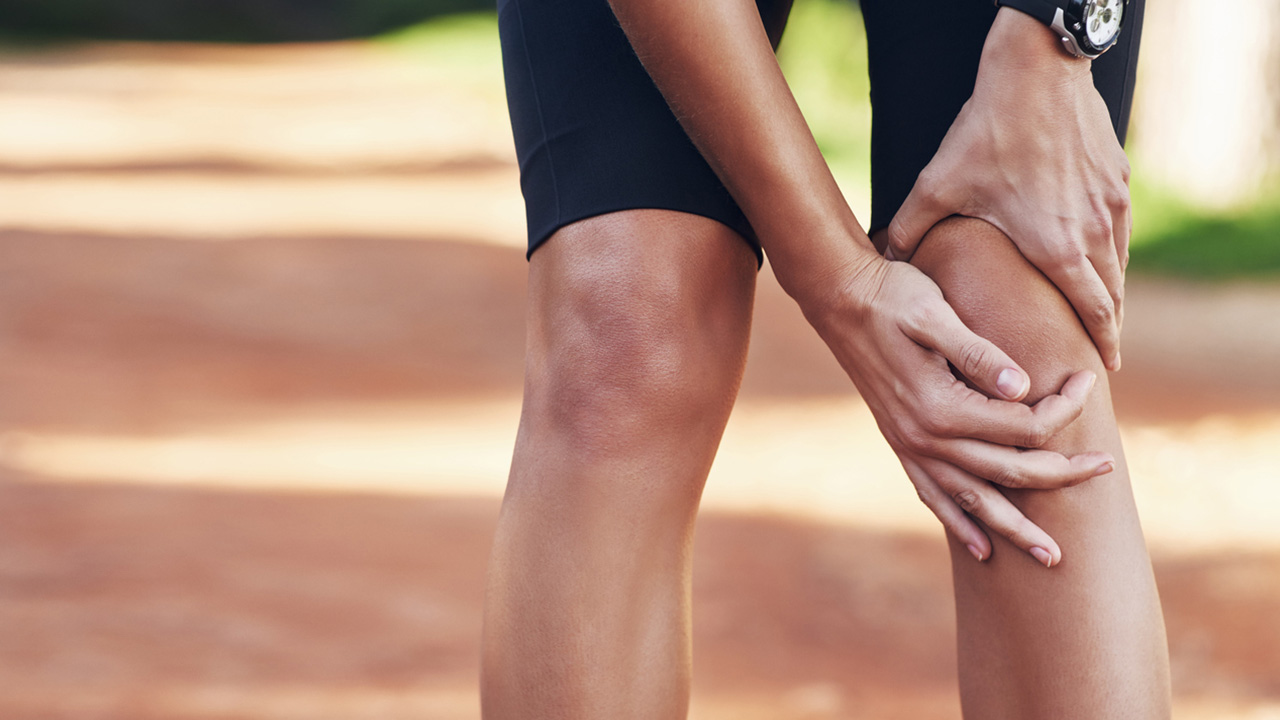Do you work in an office where you’re sitting for the majority of your day? If so, let us offer you some tips to prevent discomfort and fatigue! Turns out, sitting for long stretches of time can be surprisingly hard on your body. Recent studies show that in an ideal day of work, you should aim for roughly 4 hours of standing – yet the average office worker sits for about 10 hours. This sounds like a lot – but think of the time spent sitting in front of the computer, going through emails, making calls, taking meetings, eating lunch – and that’s before you factor in your commute, surfing the web, and watching TV on the couch at home.
There are numerous conditions/diseases associated with excessive sitting, including heart disease, diabetes, obesity, cancer, etc – and this is in addition to the more obvious muscle and joint problems. Without further ado, here are some things to try if you sit all day long at work.
1. Stand Up. Ideally your office will have a standing desk option. If not, find something sturdy to prop your computer up on, whether it be books or even your printer.
2. Move. Get up and stretch throughout the course of your day. Walk to communicate with others in your office. Take the stairs if you can instead of the elevator.
3. Don’t slouch. Your should sit upright, with your head “stacked” directly above your shoulders. The further your chin pokes forward, the more strain goes through the muscles of your neck and shoulders.
4. Adjust the screen height. Further to the point above, the top of your monitor should be level with your eyes. If the screen is too low, your head will be forced downward, and if its too high your neck will be cranked into hyperextension.
5. Support your arms. Aim to have your arms supported by the desk or arm rests of your chair. Leaving your arms dangling unsupported for long periods puts a lot of strain on your neck and shoulders.
There you have it – Give these a go and let us know if you have any other tips! Happy sitting!

